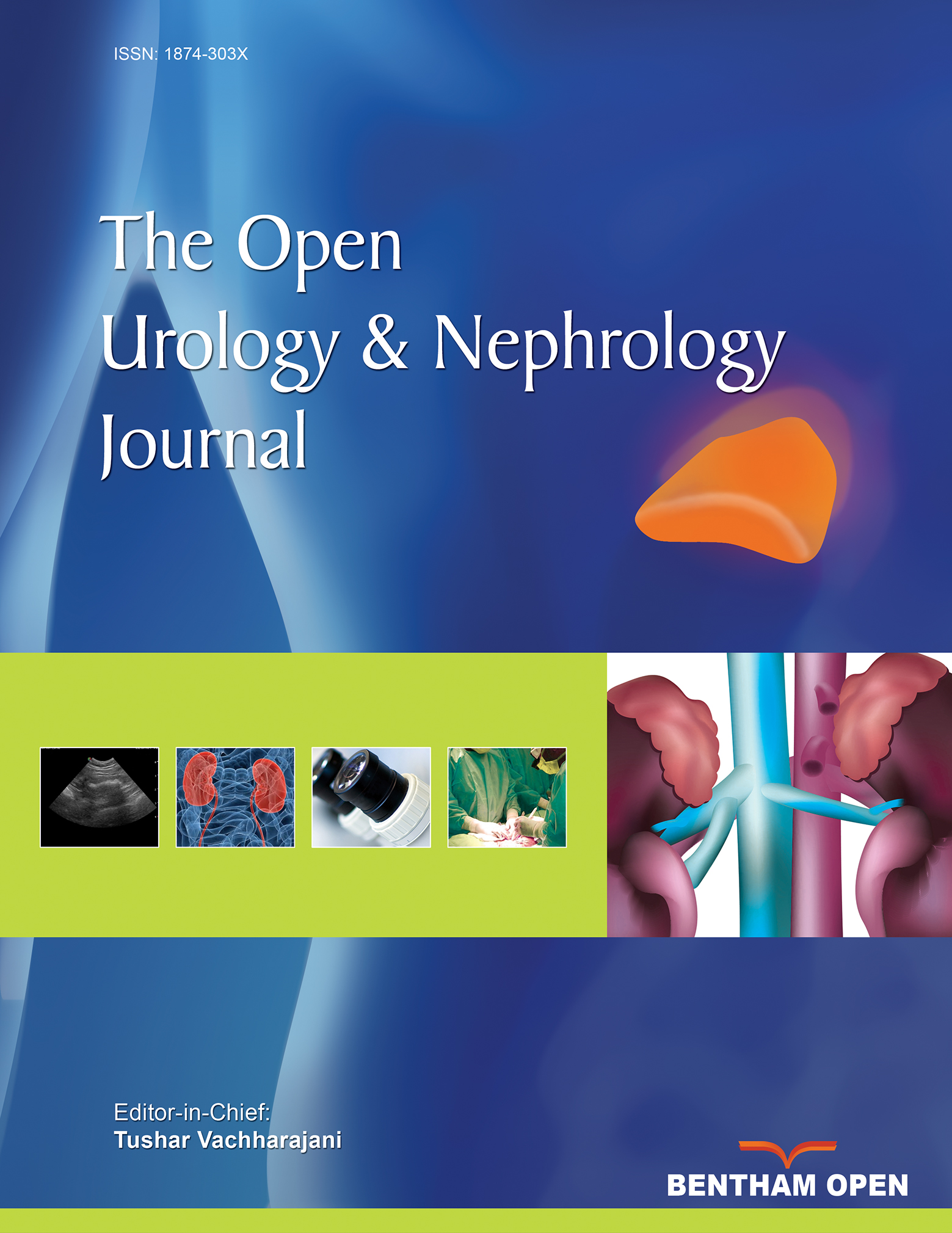All published articles of this journal are available on ScienceDirect.
Clinical Characteristics and Stone Types of Patients with Kidney Staghorn Stone in a Tertiary Referral Center in Iran
Abstract
Objective:
In the past, infectious agents were assumed to be the leading cause of staghorn stones. The metabolic factors were thought to be a secondary cause. However, recent research has shown that any stone can fill the pelvis and calyces in the same manner as a staghorn stone. This retrospective study investigated the relationship between the staghorn stone’s chemical composition and patients’ demographic characteristics by analyzing the stone samples.
Methods:
The medical records of 170 patients with staghorn stones were studied from a tertiary referral center in central Iran. Then, the specimens of their stones were sent to the laboratory for infrared spectroscopy and x-ray powder diffraction analyses.
Results:
The mean age and body mass index were 49.66 years and 29.1 kg/m2, respectively. Men comprised the majority of patients. Of the entire cohort, 13.6% had diabetes, and 28.6% had hypertension. Sixty-eight of the stones were pure stones. Calcium oxalate and uric acid constituted the majority of the pure stones. Only 1.7% of the pure stones were composed of struvite. Most of the non-pure or mixed stones were composed of uric acid plus a small composition of calcium oxalate or phosphate.
Discussion:
However, 16.% of the mixed stones were struvites, confirming a metabolic background. In the adjusted model (age, BMI, presence of hypertension), patients with diabetes have a 14-fold higher chance of developing a mixed stone (P= 0.018; OR:14.113; CI=1.582-125.924).
Conclusion:
The complete staghorn stone forms for the same reasons as other kidney stones. It appears that infectious background is not the predominant cause in the current era. Alterations in living conditions and nutrition might also be a reason which requires further investigation.


